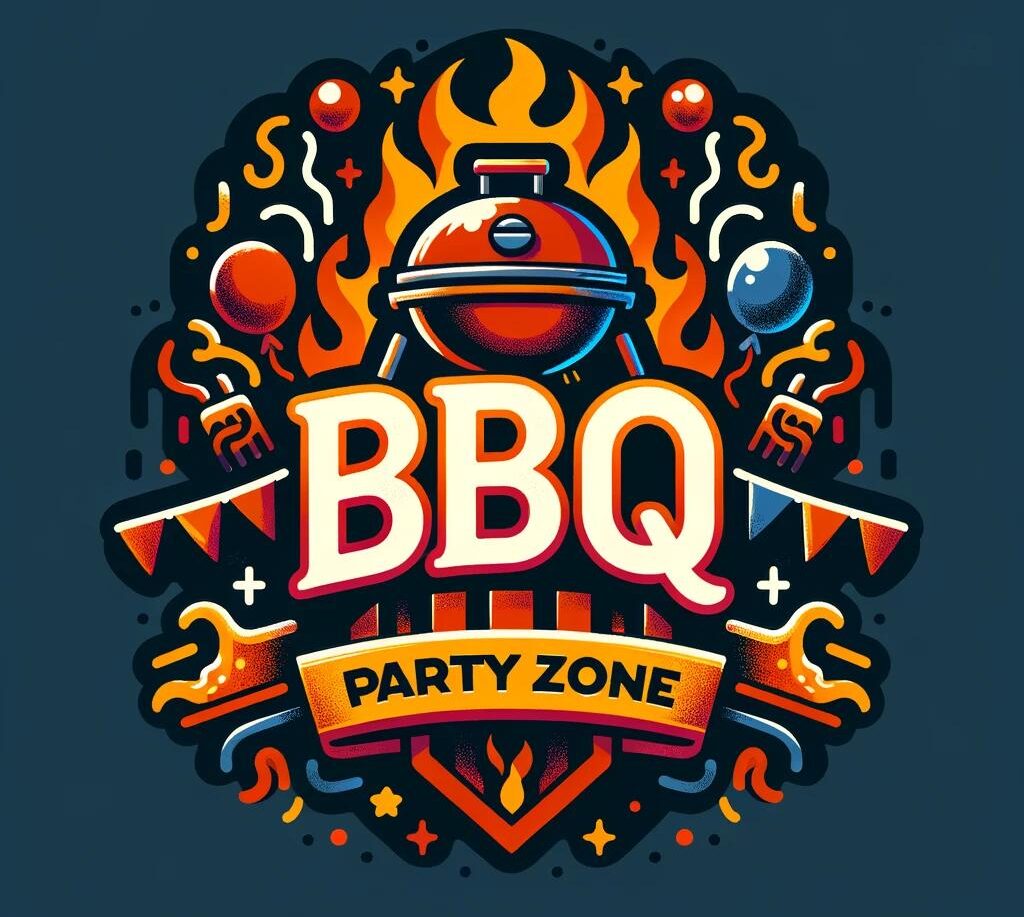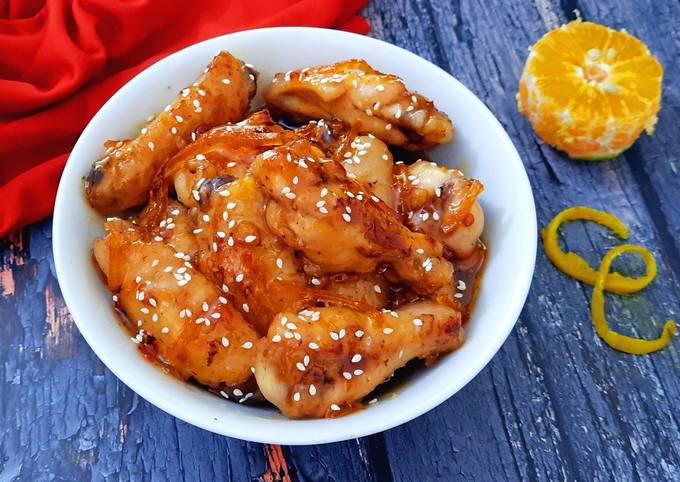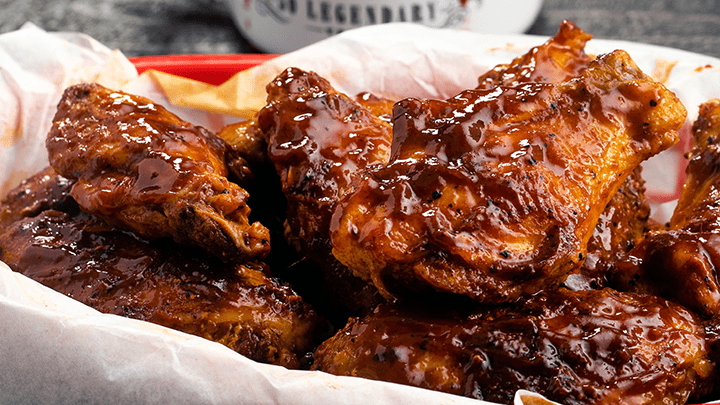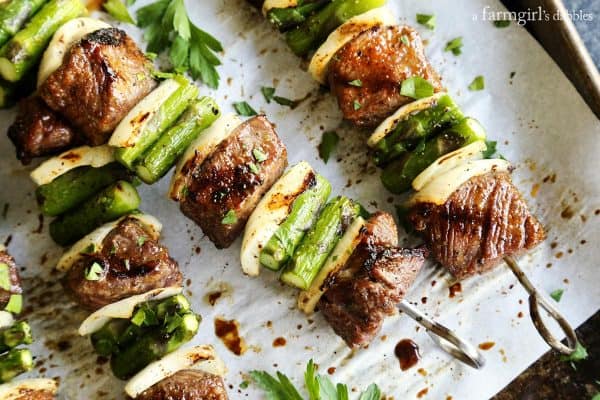Mastering Smoked Brisket Burnt Ends: A Step-by-Step Guide
If you’ve ever been to a BBQ joint or spent any time with pitmasters, you’ve likely heard of brisket burnt ends – often referred to as “meat candy.” These delectable bites are the epitome of BBQ indulgence, combining smoky flavors with a sweet and savory caramelization that makes them irresistible.
Smoked brisket burnt ends are beloved in the BBQ world for their rich flavor and melt-in-your-mouth texture. They originate from the point end of the brisket, which has more marbling and fat content compared to the flat end.
This makes them ideal for slow smoking and caramelizing. The result? Little cubes of beef that are crispy on the outside, tender on the inside, and packed with a smoky, sweet, and savory punch.
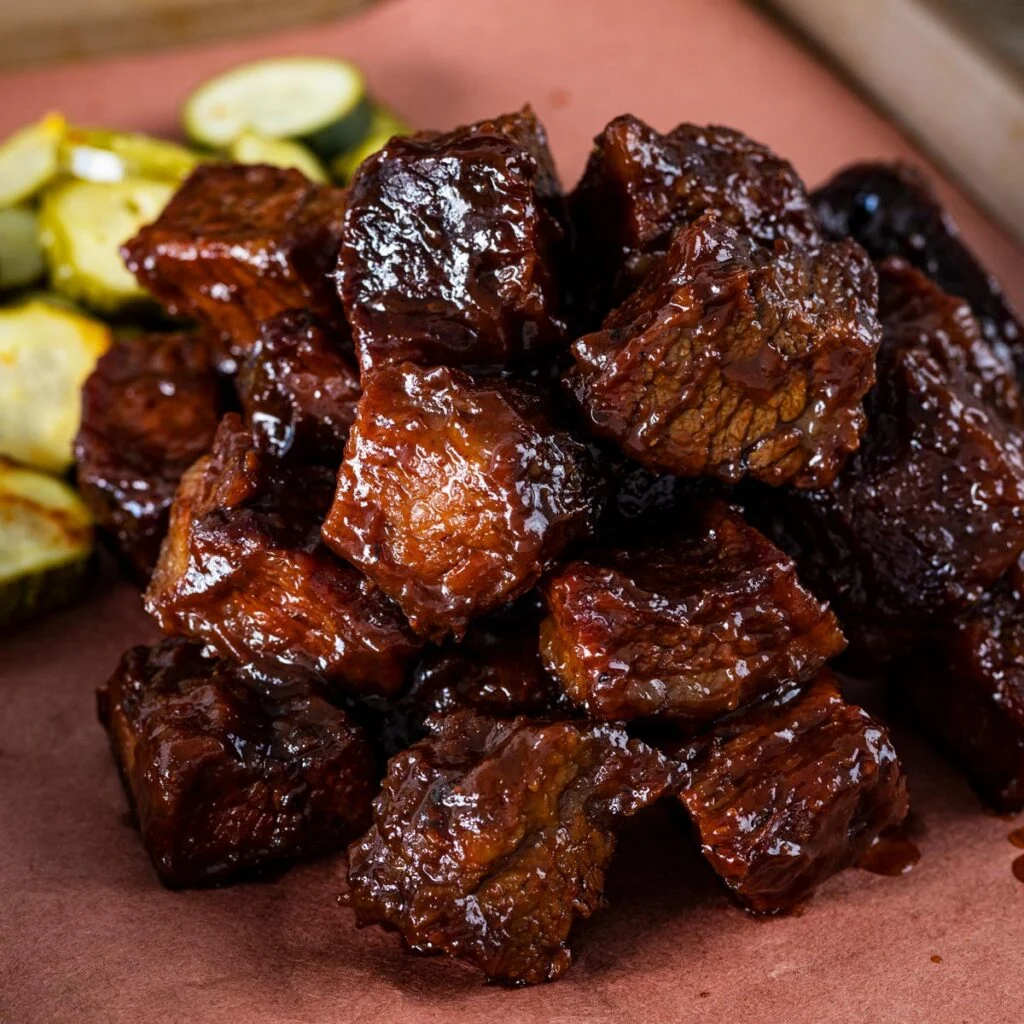
This BBQ delicacy has gained immense popularity among BBQ enthusiasts and casual eaters alike. Whether you’re at a backyard cookout or a high-end BBQ restaurant, burnt ends are often the star of the show. Their rise in popularity can be attributed to their unique texture and flavor profile, which appeals to anyone who appreciates good BBQ. Plus, they’re a fantastic way to use the point end of the brisket, which might otherwise be overlooked.
What Are Brisket Burnt Ends?
Brisket burnt ends are a celebrated delicacy in the world of BBQ, known for their rich, smoky flavor and tender texture. Originally, burnt ends were considered the crispy, overcooked edges of a smoked brisket. However, BBQ aficionados soon realized that these bits were packed with intense flavor, leading to the development of dedicated recipes to create them intentionally.
Burnt ends traditionally come from the point end of the brisket. This section of the brisket is preferred because it has a higher fat content and marbling compared to the flat end. The marbling allows the meat to stay juicy and flavorful throughout the long smoking process, which is essential for creating the perfect burnt ends.
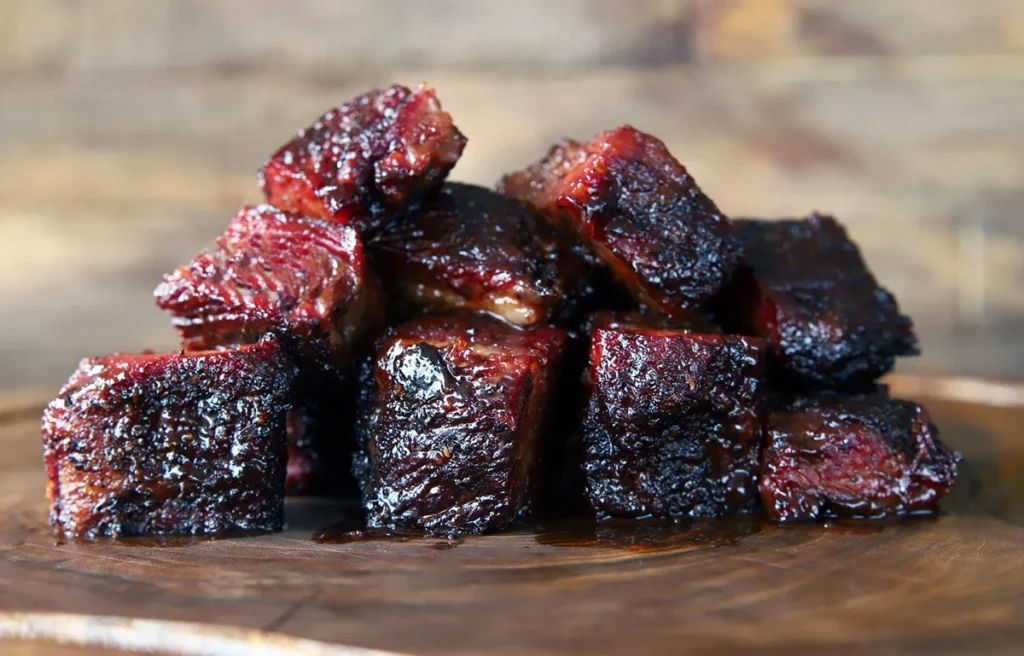
Why the Brisket Point is Preferred?
The brisket point is preferred for making burnt ends due to its composition. The higher fat content in the point cut renders down during smoking, keeping the meat moist and infusing it with flavor. Additionally, the connective tissues in the point break down slowly, resulting in tender, melt-in-your-mouth bites that are perfect for burnt ends. This makes the point cut ideal for the slow-smoking and caramelizing process that gives burnt ends their unique texture and taste.
The Flavor Profile
- Taste and Texture Description Brisket burnt ends are often described as the epitome of BBQ perfection. They offer a complex flavor profile that balances smokiness, sweetness, and savory notes. The exterior of the burnt ends forms a caramelized crust, known as bark, which is both crispy and flavorful. Inside, the meat remains incredibly tender and juicy, thanks to the slow cooking process and the fat content of the brisket point.
- Caramelized, Smoky, and Tender Characteristics The magic of burnt ends lies in their caramelized, smoky, and tender characteristics. The caramelization occurs when the brisket cubes are tossed in BBQ sauce and brown sugar, then returned to the smoker. This process creates a sticky, sweet exterior that contrasts beautifully with the smoky flavor imparted during the initial smoking. The extended smoking time allows the meat to absorb the smoke deeply, resulting in a rich, robust flavor. The slow cooking process ensures that the meat remains tender, breaking down the connective tissues and rendering the fat, which keeps each bite succulent and juicy.
What You’ll Need
Here’s what you’ll need to create those mouthwatering burnt ends that dreams are made of:
6-8 pound whole packer brisket point
2 Tablespoons Hey Grill Hey Beef Rub (or 2 teaspoons each of kosher salt, coarse black pepper, and garlic powder)
1 cup beef stock
1 cup Everything BBQ Sauce (or your favorite Kansas City BBQ Sauce)
1/2 cup dark brown sugar
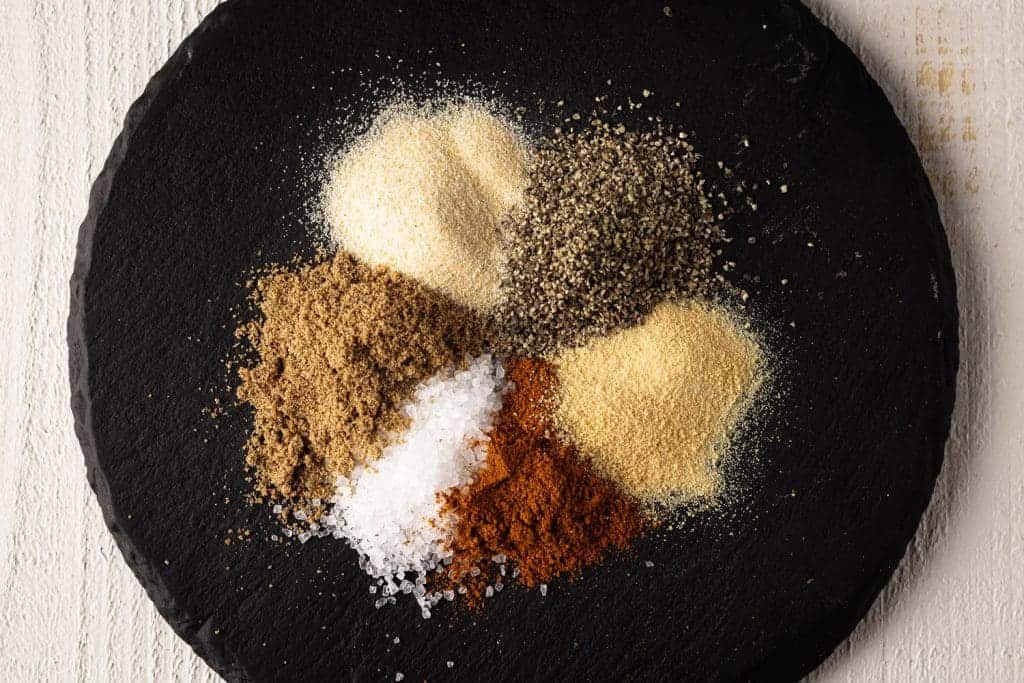
Step-by-Step Instructions for Making Smoked Brisket Burnt Ends
Preheat the Flavor Oven
This is where the magic begins, friends. Fire up your smoker and preheat it to a smooth 225 degrees F. You want to go low and slow to create that delectable, tender goodness. Oak wood’s your best bud here, lending a rich, smoky flavor that’ll have your brisket singing. Once the temperature’s holding steady, you’re ready for the meaty main act. Think of it as tuning your guitar before the big show!

Rub-a-Dub-Dub
Now, get those hands ready for some meat massage! Season the Brisket! Seasoning is like writing the lyrics to your BBQ song, so make it poetic. Grab your Hey Grill Hey Beef Rub or whisk together the good ol’ kosher salt, coarse black pepper, and garlic powder combo. Shower your beef brisket point with love, giving it a good rubdown until it’s covered in flavor speckles. Make sure you hit every nook and cranny!
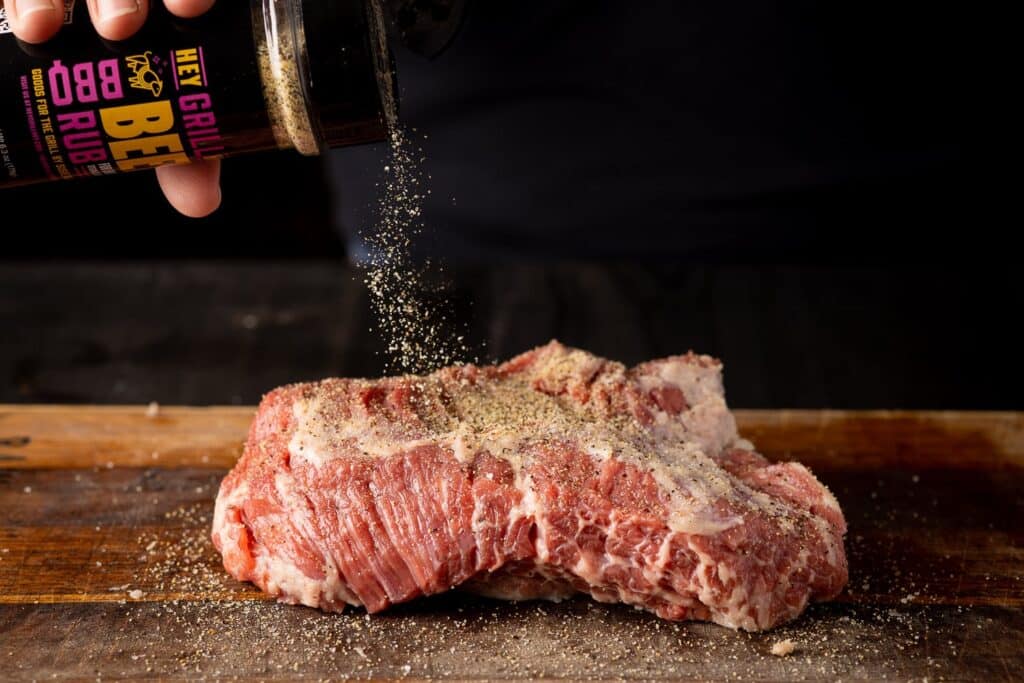
Smoke Showtime
Ladies and gentlemen, it’s showtime! Place your seasoned superstar directly on the smoker. Close that lid and let it dance in the smoky embrace for 6-8 hours. Until the brisket reaches an internal temperature of 165 degrees F, like hitting the perfect note in a solo. Don’t forget to spritz with beef stock every hour—it’s like applause for your brisket.
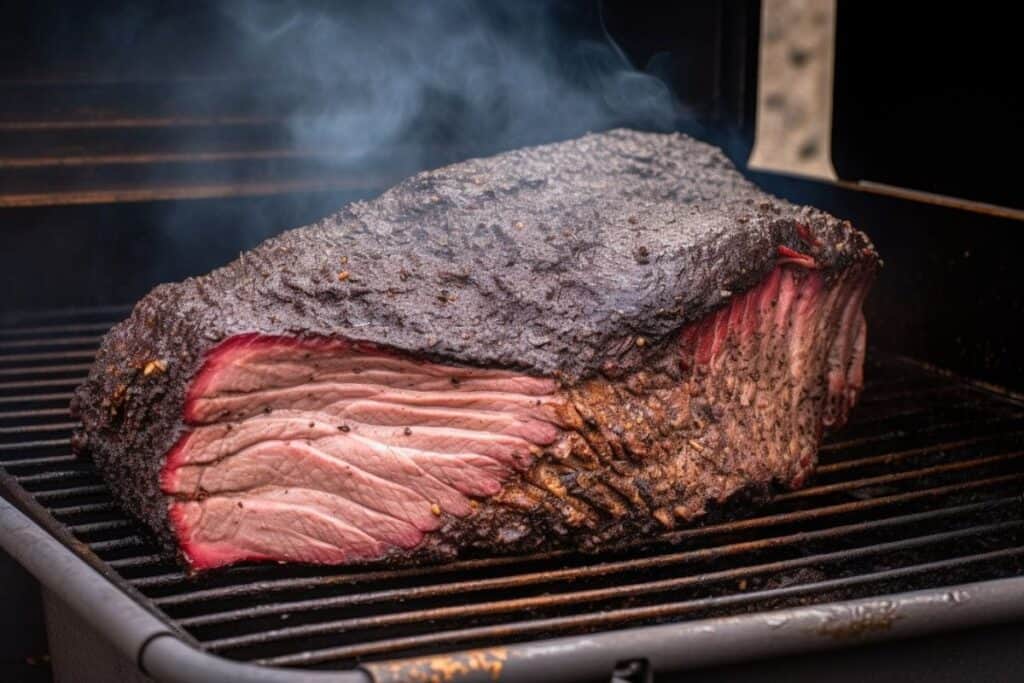
Wrap It Up
Your brisket’s been rocking the smoker stage. Now it’s time for a costume change. Remove that beauty and wrap tightly the entire brisket in peach butcher paper. The wrapping will hold in moisture, letting those flavors marry. Return your wrapped normal brisket wonder to the smoker and let it serenade you until it reaches an internal temp of 195 degrees F, Don’t forget to use your meat thermometer, roughly 3 hours. Feel the harmony!
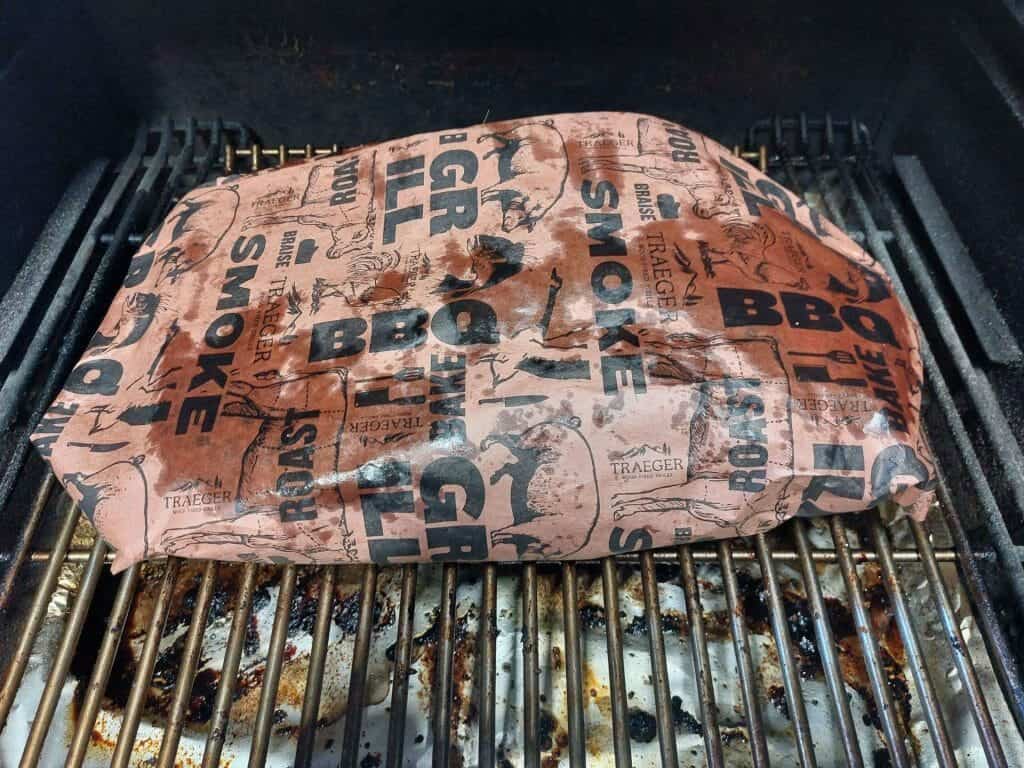
The Cube Reveal
Curtain’s up! Carefully unwrap that butcher paper and prepare for the cube extravaganza. Cut the meat into 1 1/2-inch cubes, aiming for symmetrical size. This step’s like tuning your instruments, making sure everything’s in harmony. Ready to sauce ’em up?
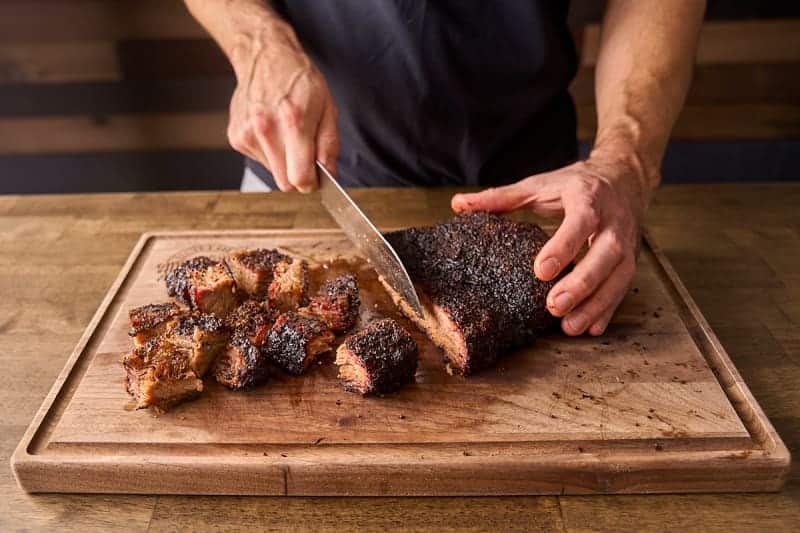
Sauce Symphony
Now, toss those meaty masterpieces in the aluminum pan, and let’s create a sauce symphony. Coat the cubes with dark brown sugar and your favorite Kansas City BBQ Sauce. Think of it as the chorus to your BBQ ballad, hitting all the sweet and tangy notes.

Smoky Encore
Encore, encore! Return foil pan and the sauced-up cubes to the smoker for 1-2 more hours. Let them soak in that smoky serenade, absorbing the sauce until they’re on the edge of falling apart. They’re basking in a standing ovation, soaking up the applause!
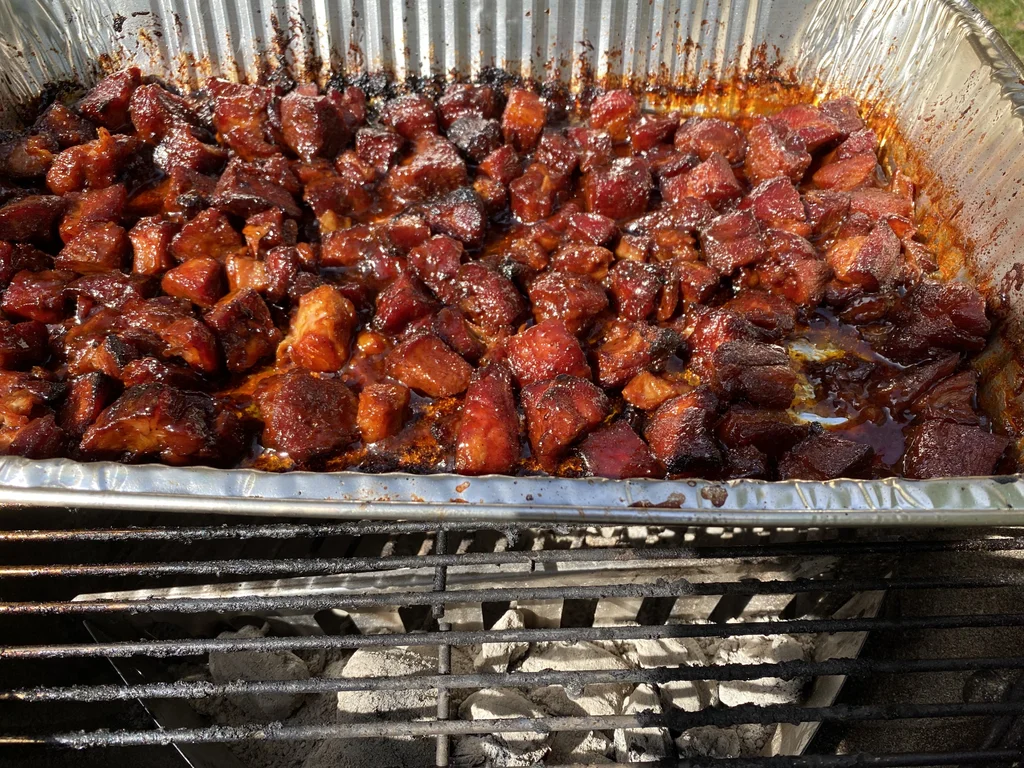
Curtains Up
And now, the grand finale! Remove those caramelized cubes of perfection from the smoker and plate them up. Serve with a slice of white bread or even a side of additional BBQ sauce. Take a bow, my friend, because you’ve just rocked the BBQ stage with burnt ends that’ll have your audience begging for more. Now dig in, and let the meaty melody play on your taste buds!
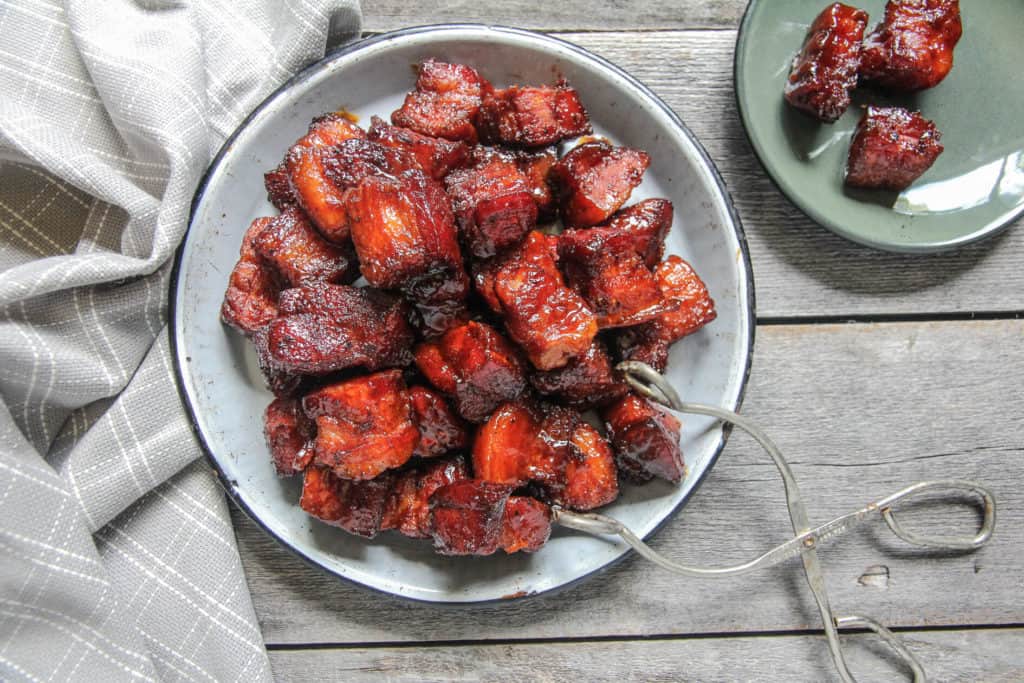
Additional Tips and Tricks
Common Mistakes to Avoid
- Not Trimming Enough Fat:
- Leaving too much fat on the brisket can prevent proper seasoning and smoke penetration. Trim to about a quarter-inch thickness for best results.
- Rushing the Process:
- Burnt ends require time and patience. Smoking at too high a temperature or not allowing enough time for each stage can result in tough, dry meat.
- Not Resting the Meat:
- Skipping the resting period can cause the juices to run out, leaving your burnt ends dry. Always let the meat rest before cutting and serving.
Pro Tips for Achieving the Perfect Bark and Smoke Ring
- Use Coarse Seasonings:
- Coarse salt, black pepper, and garlic powder help create a better bark. The larger grains form a crusty exterior during smoking.
- Spritz Regularly:
- Spritzing with beef stock or water during smoking helps keep the meat moist and develops a better bark. It also enhances the smoke ring by allowing smoke to adhere to the meat surface.
- Maintain a Steady Temperature:
- Consistent temperature control is key. Aim for a steady 225°F-250°F to ensure even cooking and optimal bark formation.
- Wrap at the Right Time:
- Wrap the brisket at 165°F to lock in moisture and continue cooking until it reaches 195°F. This step ensures tenderness and prevents the meat from drying out.
Pairing Suggestions for Brisket Burnt Ends
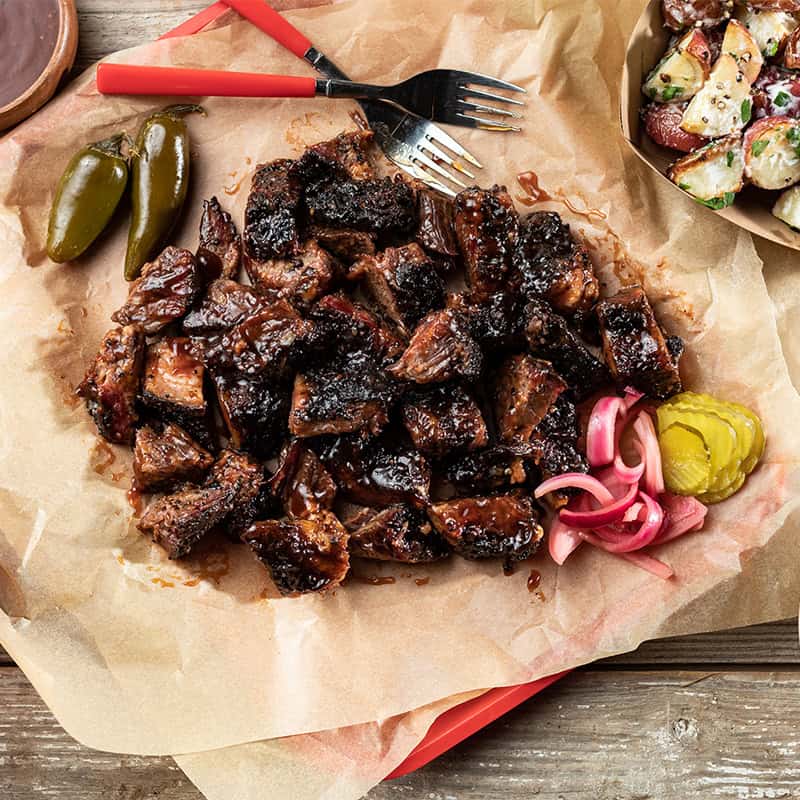
- Coleslaw
- A classic BBQ side, coleslaw provides a refreshing and crunchy contrast to the rich and smoky burnt ends. The tangy dressing helps cut through the fatty meat, balancing the flavors perfectly.
- Potato Salad
- Creamy potato salad pairs well with brisket burnt ends, adding a hearty and satisfying side. The cool, creamy texture complements the warm, caramelized meat.
- Baked Beans
- Sweet and savory baked beans are a staple at BBQs. Their rich, smoky flavor makes them an ideal companion to burnt ends, enhancing the overall BBQ experience.
- Mac and Cheese
- The creamy, cheesy goodness of mac and cheese is a favorite pairing with any BBQ dish. The smooth texture and mild flavor provide a nice contrast to the bold taste of burnt ends.
- Cornbread
- Moist and slightly sweet cornbread is a great addition to any BBQ meal. It pairs particularly well with the sweet and smoky flavor of burnt ends, providing a delightful combination of textures and tastes.
Recommended Beverages
- Craft Beer
- A cold craft beer, particularly a hoppy IPA or a smoky porter, complements the rich flavors of brisket burnt ends. The bitterness of an IPA cuts through the fat, while a porter enhances the smoky notes.
- Bourbon
- The caramel and vanilla notes in bourbon pair wonderfully with the sweet and smoky flavor of burnt ends. Enjoy it neat or in a classic cocktail like an Old Fashioned.
- Iced Tea
- A refreshing glass of iced tea, sweetened or unsweetened, provides a cooling counterbalance to the rich, savory burnt ends. Add a slice of lemon for extra zest.
- Red Wine
- A bold red wine, such as a Zinfandel or Cabernet Sauvignon, pairs well with the robust flavors of burnt ends. The tannins in the wine help cleanse the palate between bites.
Popular BBQ Sauces and Dips
- Kansas City Style BBQ Sauce
- A sweet and tangy sauce made with tomatoes, molasses, and spices. This thick, rich sauce enhances the caramelized exterior of the burnt ends.
- Texas BBQ Sauce
- A spicy and bold sauce with a tomato base and plenty of black pepper. It adds a kick to the smoky meat, perfect for those who enjoy a bit of heat.
- Carolina Mustard Sauce
- A tangy and slightly sweet sauce made with mustard, vinegar, and sugar. This sauce provides a sharp contrast to the rich, fatty burnt ends.
- Alabama White Sauce
- A unique, creamy sauce made with mayonnaise, vinegar, and black pepper. It’s a great dipping sauce that adds a creamy, tangy element to the burnt ends.
Conclusion
Making smoked brisket burnt ends is a rewarding and delicious endeavor. By following the detailed steps of selecting and trimming the brisket, applying a flavorful rub, smoking to perfection, wrapping, cubing, and finally caramelizing in a sweet BBQ sauce, you can create mouth-watering “meat candy” that will impress any BBQ lover. These tender, smoky, and caramelized bites are the ultimate BBQ indulgence.
We encourage you to try this recipe and share your BBQ experiences. Experiment with different rubs, sauces, and smoking techniques to find your perfect flavor combination. Whether you’re a seasoned pitmaster or a backyard BBQ enthusiast, making burnt ends is a fun and tasty project.
Disclosure: Our blog contains affiliate links to products. We may receive a commission for purchases made through these links. However, this does not impact our reviews and comparisons. We try our best to keep things fair and balanced, in order to help you make the best choice for you.
